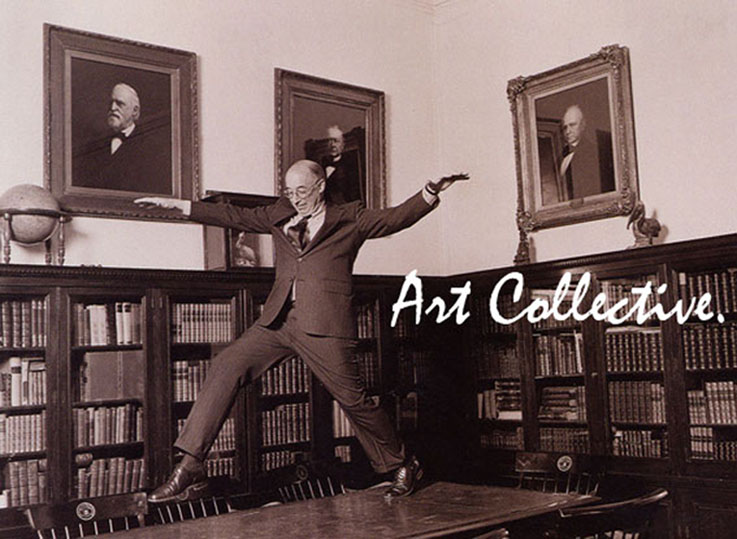When I went to thailand the trip made me realise how naive I was. I had pictured myself drinking cocktails on white sand beaches, in clear waters and brightly lit reefs, cliche I know. Well this was not exactly what I got. I mean you can have this to a certain extent, if you are willing to pay the right price and ignore the reality, but what I got was better. I loved the years of built up grime on the streets, the people, the traffic jams with no end in sight. But I guess what all this made me realise was that the tourism images I had been fed were pretty much fabrications of the truth, even manufactured to a certain extent.
I swam in Maya Bay, in oil stained water along with 300 other people. I swam over the dead coral or what remained of it after the tsunami, and I watched the Japanese girl catch a Clown Fish in her hand and proudly show her friends while it flapped around like some sort of forgotten trophy.
My point here is, what if you were not shown these picturesque tourism images? What if you were shown this kind of thing? Would you still want to go?
I recently came across the work of Brisbane based photographer Geez, and I started to recognise that there was another type of Travel Photography going on, dramatically contrasting to the picturesque landscapes so commonly seen in the genre. It would be ignorant to suggest that Travel Photography is a completely new genre, we only have to look back to the ethnographic photographs of the colonial period to realise this. However this style is not just another branch of exoticism, the photographs do not emphasise difference or cultural exclusivity, and we do not feel like we are being shown another exotic world. What we are shown is very much our world, but Geez's photographs emphasise that it is not the world we live in, each photograph seems like a new point of discovery.
Westerners have this amazing ability to compartmentalise, even though we are aware of issues like poverty, slavery, economical downfall and disease among others, we ship these issues far off onto the edges of our brain and as long as we are not reminded of these issues we can deny their existence.
Geez's photographs are like the postcards that would have never been published, far too real for the currency driven tourism industry. Perhaps for some of us these images are too confronting or too reductive of the Disneyland aesthetic. They are simultaneously melancholic as they are beautiful but they are not an attempt to make us realise important social and economical issues that we deny. They act as evidence that there is something sort of magical in the places that we try and forget or don't know exist.
Check out Geez's work below and visit his blog: It Could be Honolulu
Stephanie






















